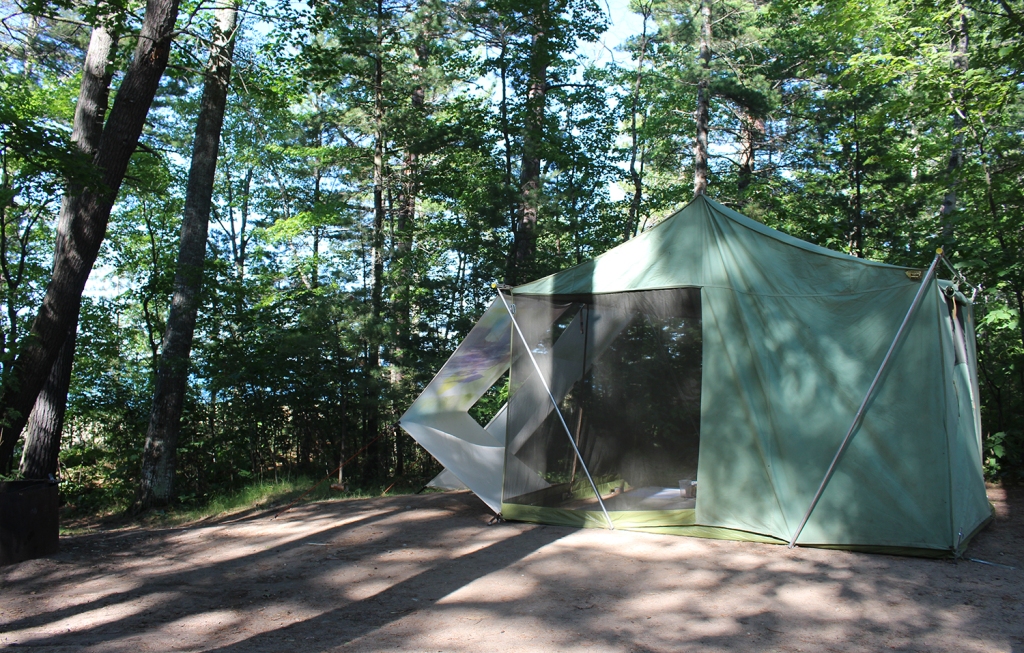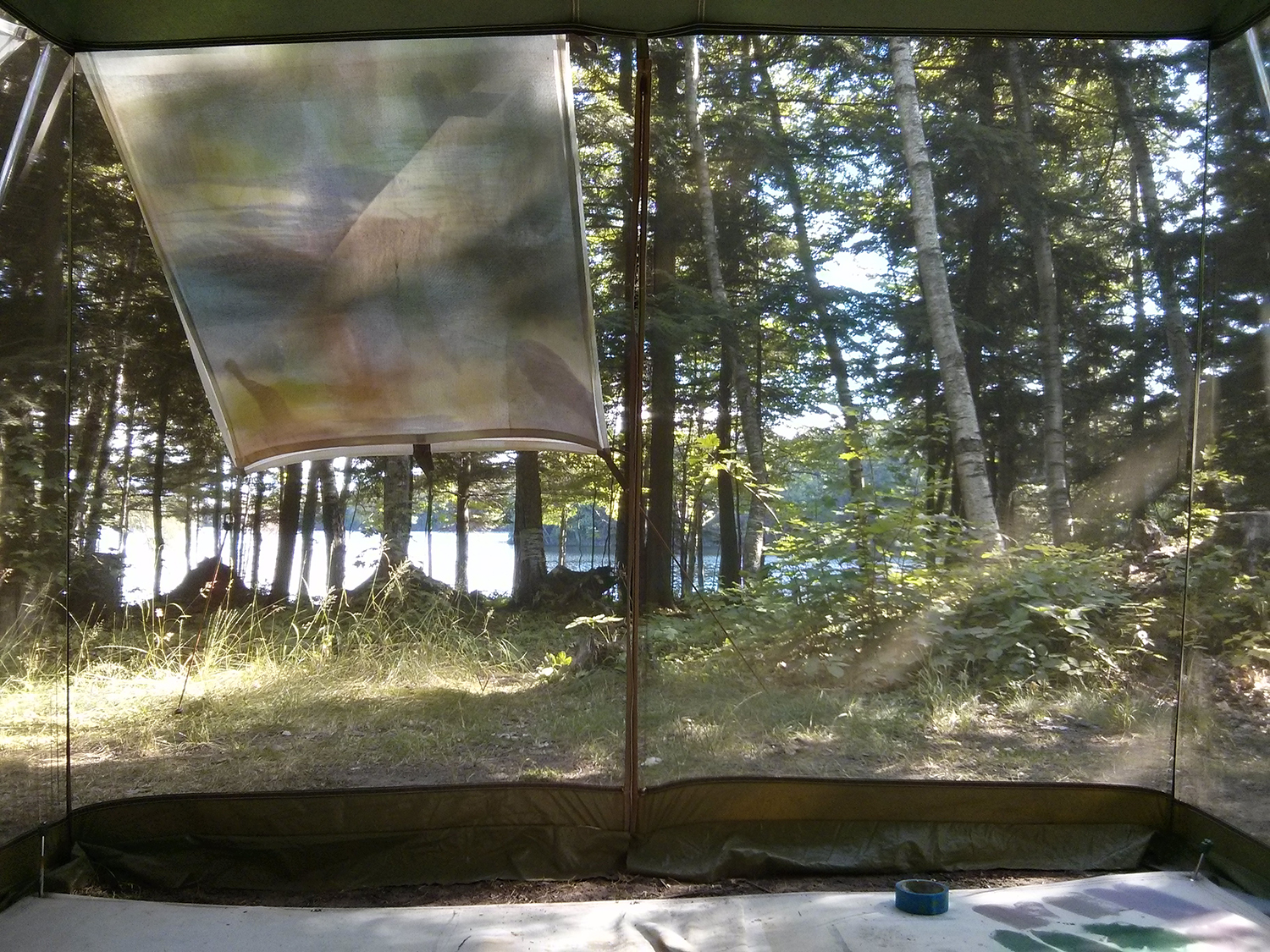During the summer of 2015 I started a series of camping paintings. At each new campsite I will adapt the tent paintings in response to the site. During the first trip, I used a Eureka kitchen tent (c1964) and attached additional pieces of custom-fitted canvas scrim. I camped at Lake Superior Forest Park and North Gemini Lake Forest Park, both on Michigan’s Upper Peninsula. January – March 2016, I worked on the West Coast of the South Island in Aotearoa New Zealand, and the West Coast of the United States, using a Eureka Draw-tite mountaineering tent (c1954). In August 2016 I worked between the Moray Coast and Isle of Harris. In December 2018 and January 2019 I worked in Kahurangi National Park. At first these locations were based around where I was living and could easily drive to – I had been applying for dozens of open-call residencies and exhibition opportunities without success and was keen to create my own residency. I became interested in the settler-colonial histories of “the West” in both the United States and Aotearoa New Zealand, my own family origins on the Moray Coast of Scotland, and the oceans that connect those coastlines.
Camping Paintings is informed by parallel histories of plein air painting—popularised within the leisure-time of modernism—alongside markers of the anthropocene. Current thinking reassembles landscape: from something to be consumed toward something we are a part of—not apart from. Camping Paintings involves personal investigation of what it means to be in a particular site or situation via the medium (and shelter) of painting. Working on this project, I researched histories of camping as a settler-colonial practice, and as part of transitory modes of living or surviving. More personal narratives include my grandmother’s painting practice. Often unfinished small-scale plein air works made while watching children: riverbanks, beaches, backyards. An intimate and lifelong engagement with the North Otago landscape, not valued within a national art world, she exhibited at the North Otago Art Society, at home, and through home-made greeting cards. I have a half-written essay about this project, thinking through histories of plein air painting (and specifically my grandmother’s practice), camping, colonization, and site-based practice that engages camping, like that of Robert Smithson, or the Camp Campaign project of Ayreen Anastas and Renee Gabri, which I came across later.
Camping Paintings began in 2015, a time where consciousness of climate change had become material. Perhaps since 2011, people have been experiencing climate change personally, intimately, within the weather systems that move through their landscapes.
Camping Painting is adaptive at the level of its internal composition and how that intersects and interacts with the external one—the immediate landscape—and within the frame of the camera. With heightened sense of physical exposure, the composition also adapts to changing conditions like light and wind.
Camping Paintings happen over time, painted three and four-dimensionally, with multiple perspectives.
This is an ongoing project and I’ll update this page after future trips.
Further Background:
This project came after For Loan, commissioned in 2011 for The Obstinate Object exhibition, after the Glover Park Daybeds project. The initial proposal for The Obstinate Object was to create soak-stain oil skin jackets, available for loan from a coat rack in the gallery. But because the exhibition was to occur in summer months, this changed to the folding stools.
For Loan, responded to the City Gallery building, which was originally built as Wellington’s public library. It also recalled a childhood experience, visiting a touring exhibition at Dunedin Public Art Gallery, with my grandmother. She made a joke about Morris Louis soak stain paintings looking like a caravan awning. And I’ve always enjoyed the conflation of materials, contexts, and recreations that her joke creates. She was a lifelong painter, and wasn’t unappreciative of abstraction, but she had a healthy ambivalence for value of one thing over another.
The origins of the series are in an assignment completed for an art theory class at Massey SOFA in 2004. The task was to write a proposal for a hypothetical project. I proposed to disrupt the conventional experience of Abel Tasman National Park by undertaking a series of painterly and performative actions along the track. Some of these would be more purely subjective, without audience, and others would attempt to become intersubjective or to be public. At the time, I had just spent a summer working as a DOC information ranger at the Nelson ISITE visitor information centre. I was intrigued by the way the tourism industry and DOC presented landscape and the ecosystem of the DOC parks in the region. This was at the time that many visitors were especially interested in sites related to filming of the Lord of the Rings movies and so there was an added element of virtual conflation and mythologizing around the sites. Until that point, having spent a large part of my youth in Nelson, my mythologies around those landscapes had been based on European settler-colonial narratives in contrast and/or conversation with those of mana whenua. I was interested in what these three perspectives might produce through abstraction and performative intervention. Not in a way that represented or interpreted the content of the narratives, but in a way that was attuned to them as part of that site, landscape, or ecosystem.
Later in 2004 I began working at Wellington City Libraries while I continued my studies at Massey. I worked primarily at Newtown library but also at Island Bay Library, Brooklyn Library, and occasionally at the Central Library (after graduation and while I was at teachers college I worked at Kilbirnie and Miramar libraries). Again, I found myself thinking about how painterly or performative interventions might exist in that kind of social space. I appreciated the way that people inhabited the library space and I didn’t ever realize a project there, but that thinking certainly informed the works Painting / Blind, Glover Park Day Beds, and For Loan. Painting/Blind, 2010, was a custom-sewn blind made for the rear window of the DPAG. The gallery building was built as a 19th C department store that sold many new forms of interior decoration, including raw materials and supplies for window dressings. The gestures and color palette used to stain the linen blind and accompanying scrims were sampled from close studies of Frances Hodgkins paintings. I was interested in collapsing the historical and contemporary uses of the building as department store and gallery.
For information about Glover Park Day Beds, you can read the essay via Enjoy or my blog.
Kahurangi National Park, 2018-2019




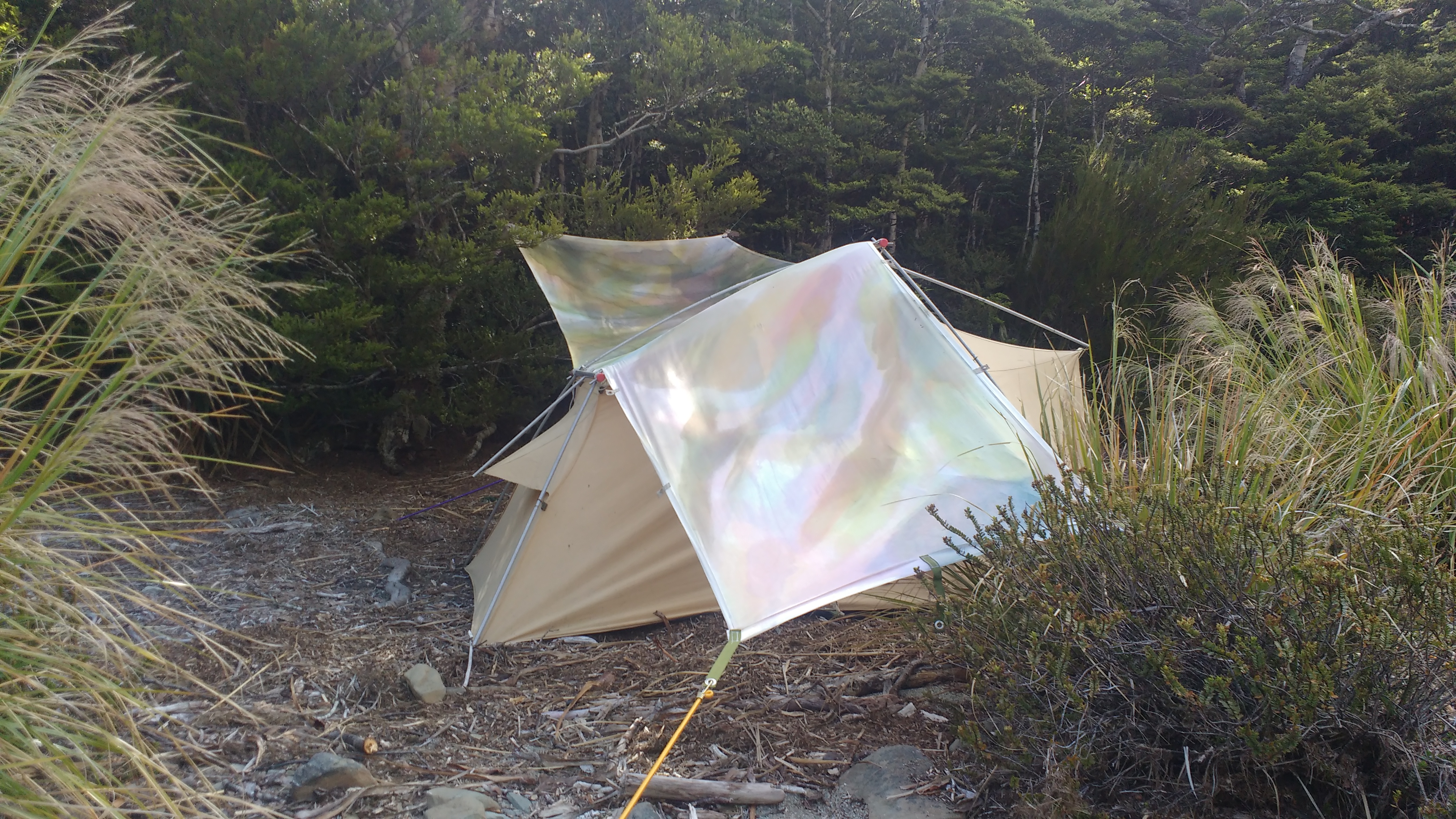


August 16-24 2016
Moray Coast, Isle of Harris and Isle of Lewis, Scotland


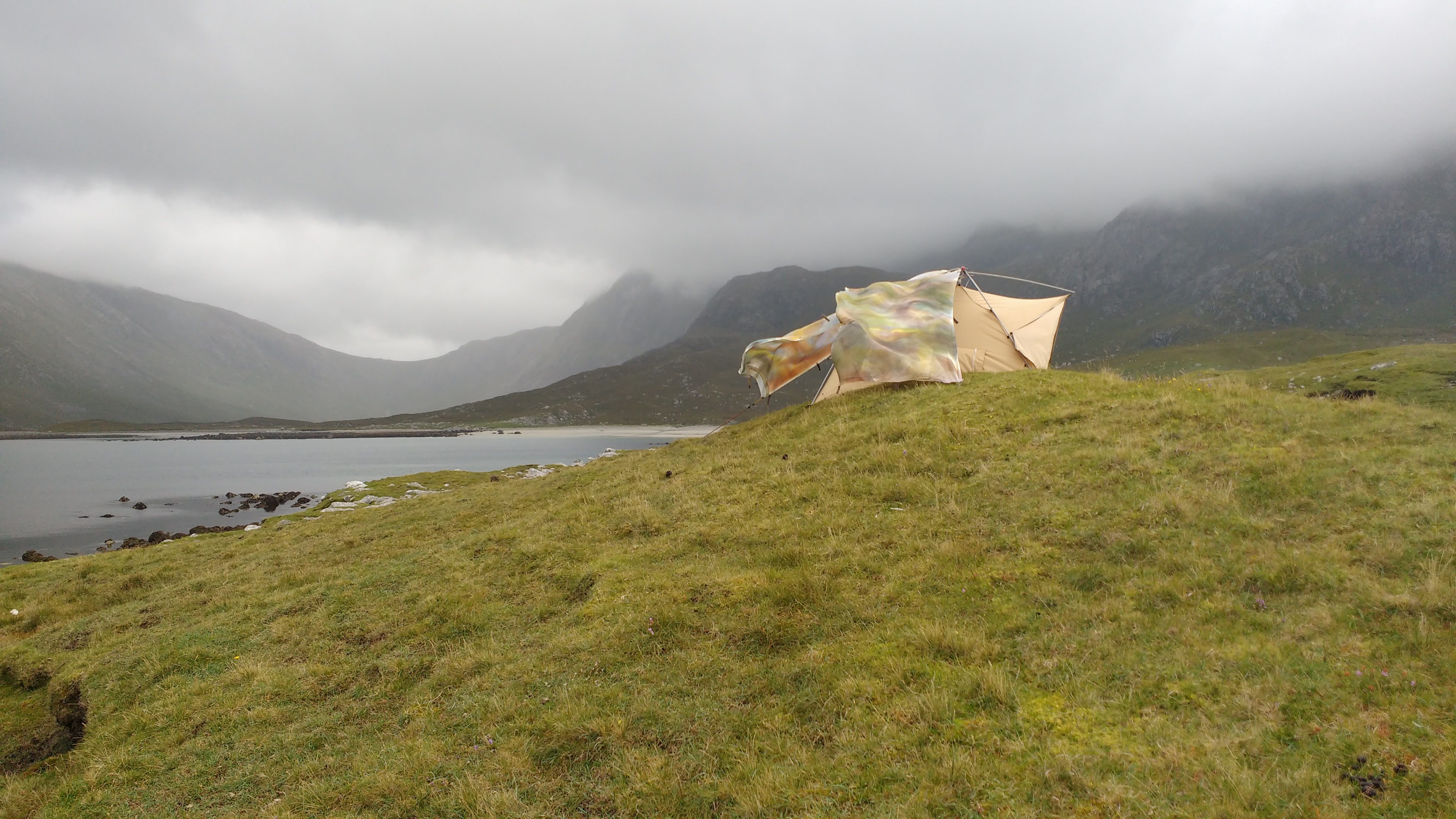
Near Huisinis, Isle of Harris, Scotland

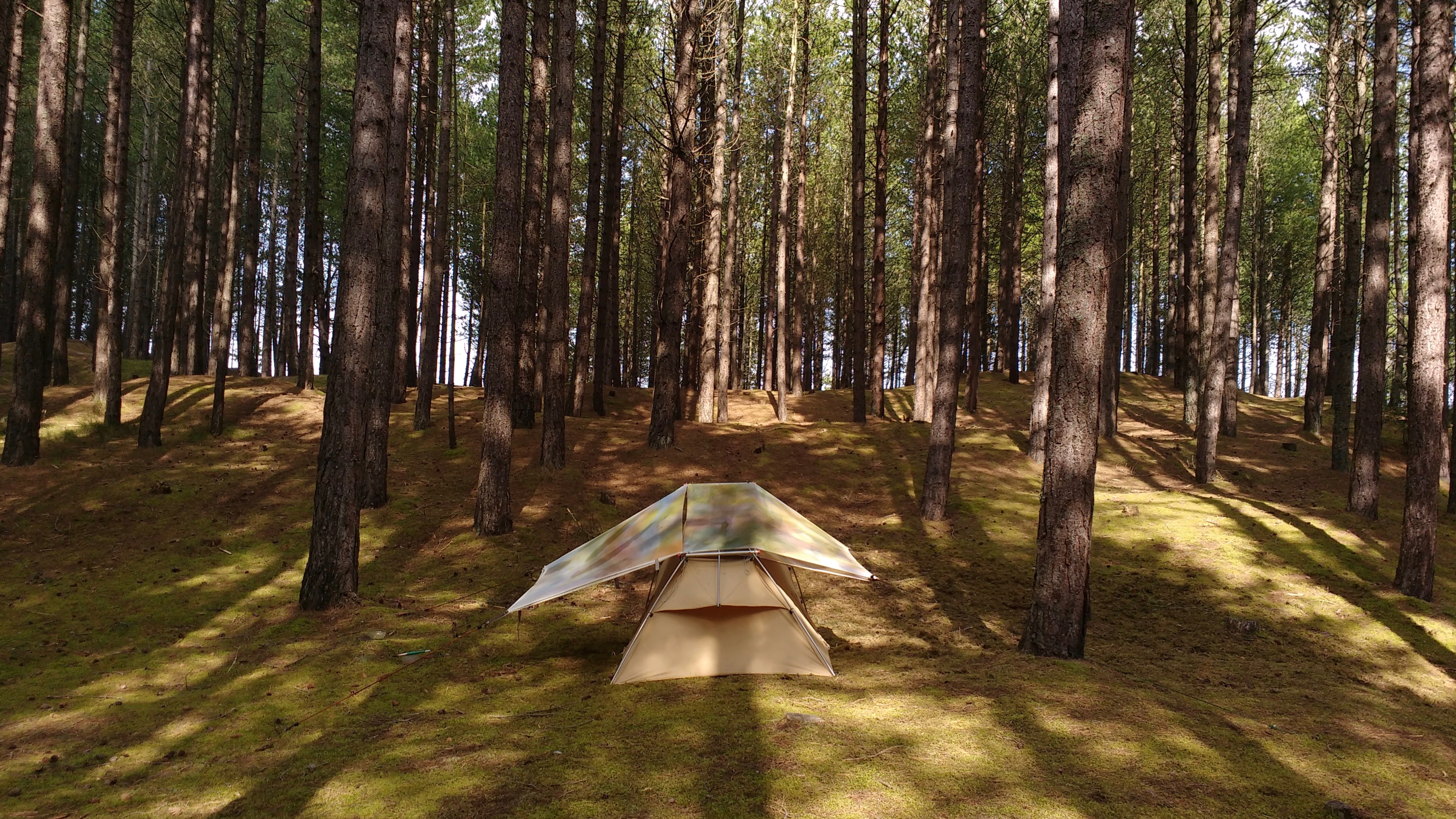
Roseisle Sand Dunes, Moray Coast


Roseisle Sand Dunes, Moray Coast
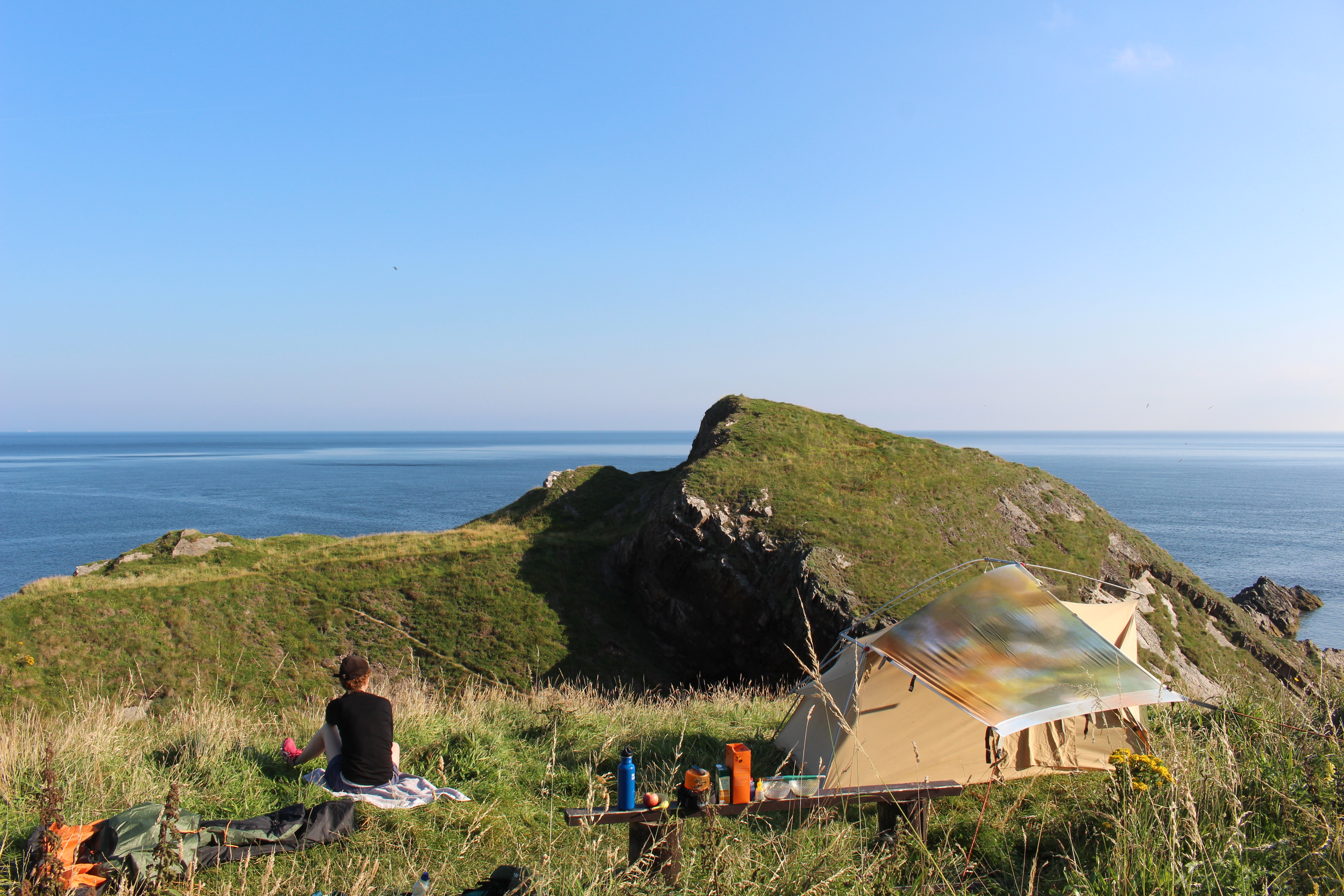
Bow Fiddle Rock near Cullen, Moray Coast Trail
March 23 – 24 2016
Cape Blanco, Oregon, USA


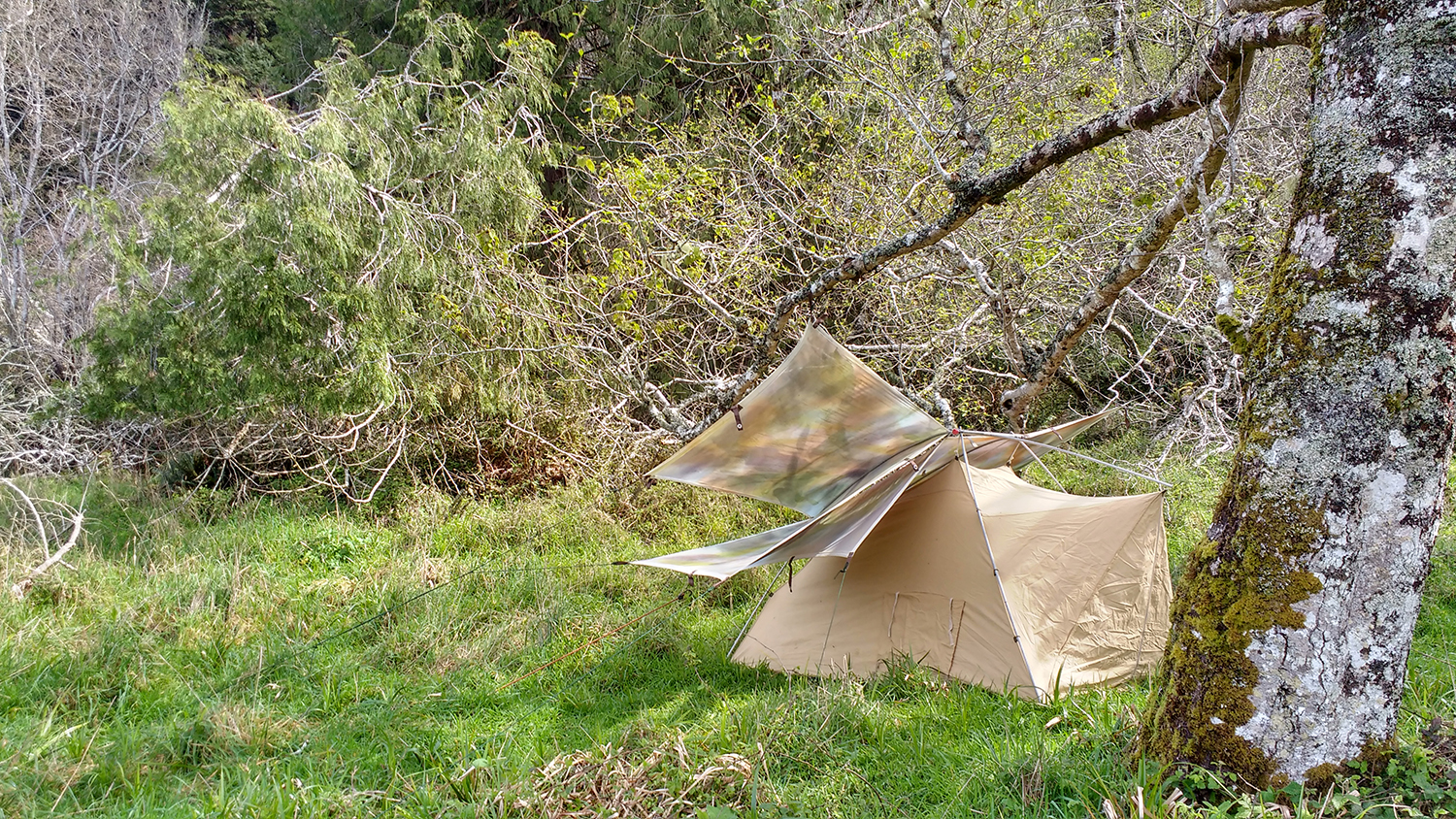
 Gorsey / Gorsea (Ulex Europaeus) – colonizer extraordinaire, Cape Blanco, Oregon
Gorsey / Gorsea (Ulex Europaeus) – colonizer extraordinaire, Cape Blanco, Oregon
March 18 – 19 2016
Salmon River Trail, Mt Hood, Oregon, USA



March 15 – 16 2016
Mt Tom Creek, Hoh River Trail, Washington, USA


February 23 – 26, 2016
Spanish Flat, Lost coast Trail, Northern California, USA





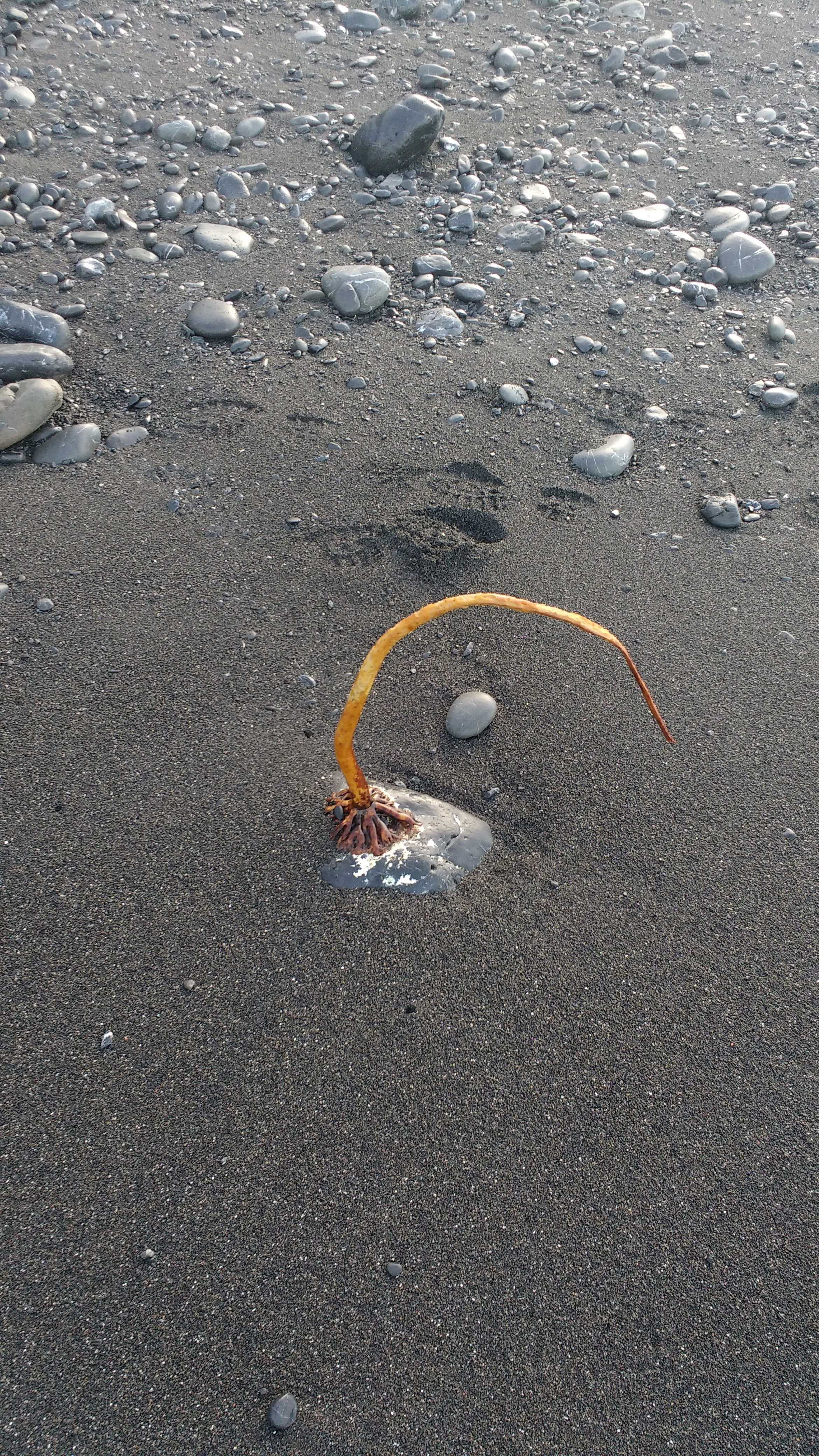

February 14 – 17, 2016
Buck Creek, Lost coast Trail, Northern California, USA
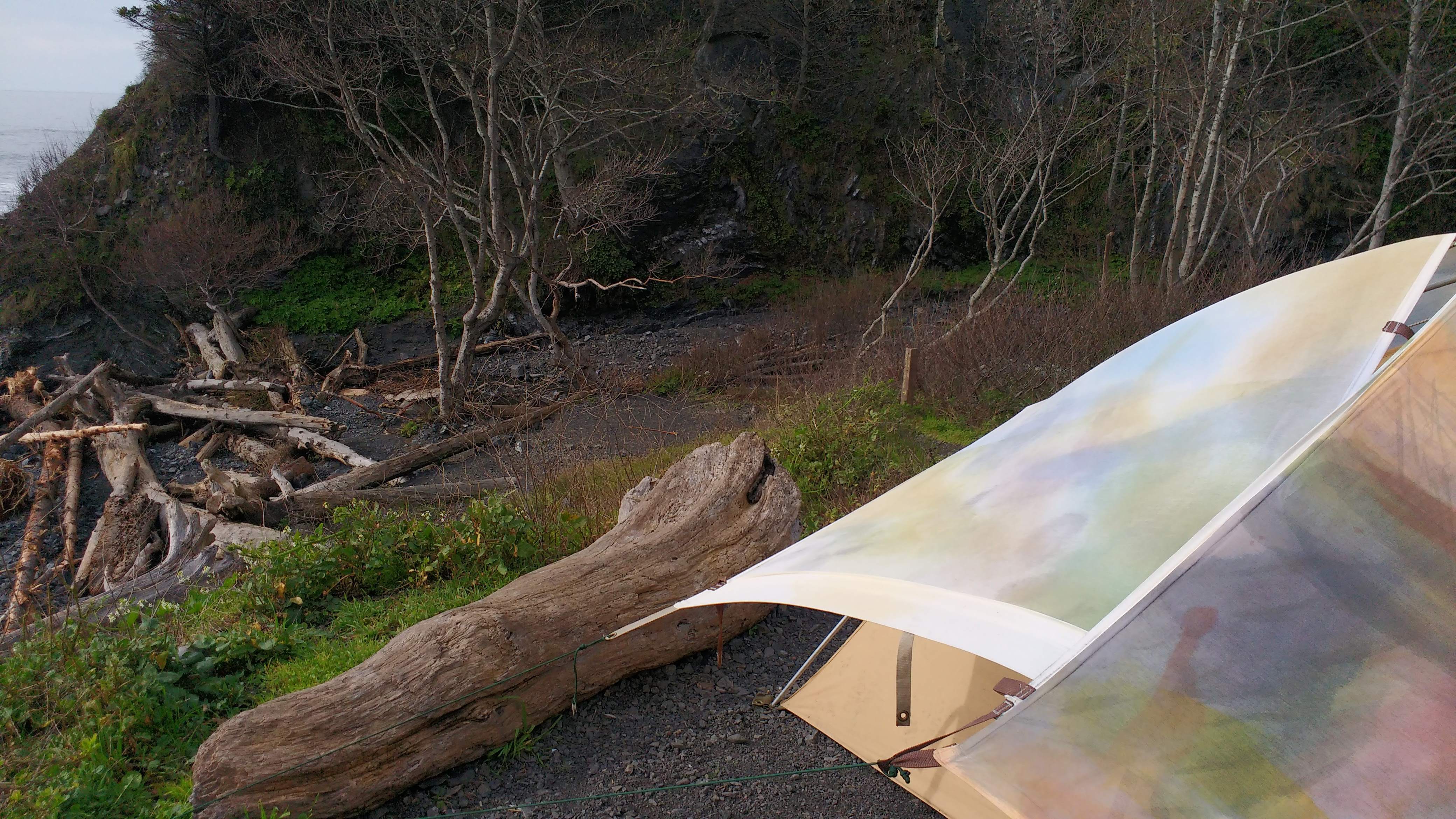


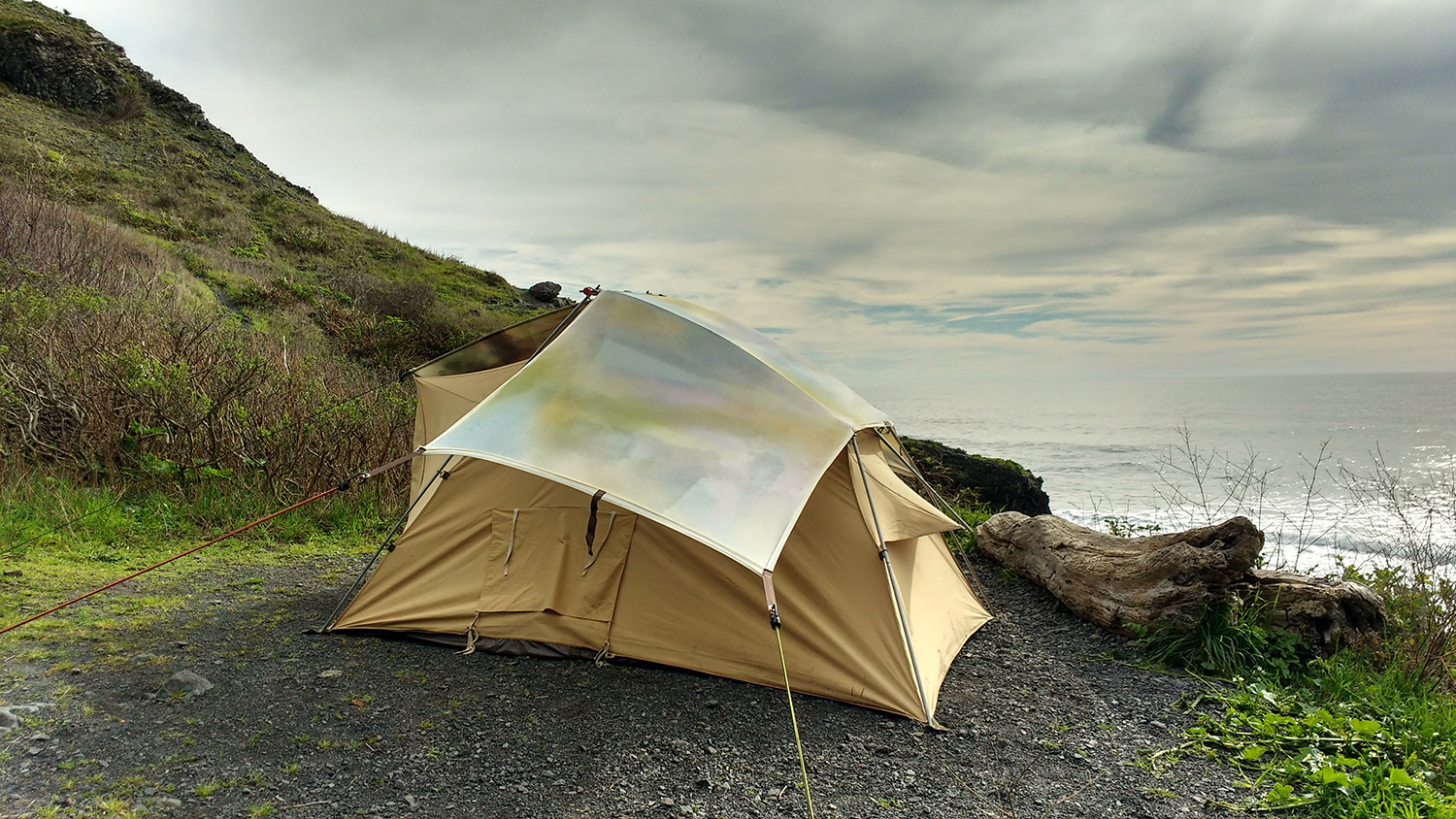
January 23-24, 2016
Lake Daniell, Lewis Pass, Aotearoa New Zealand
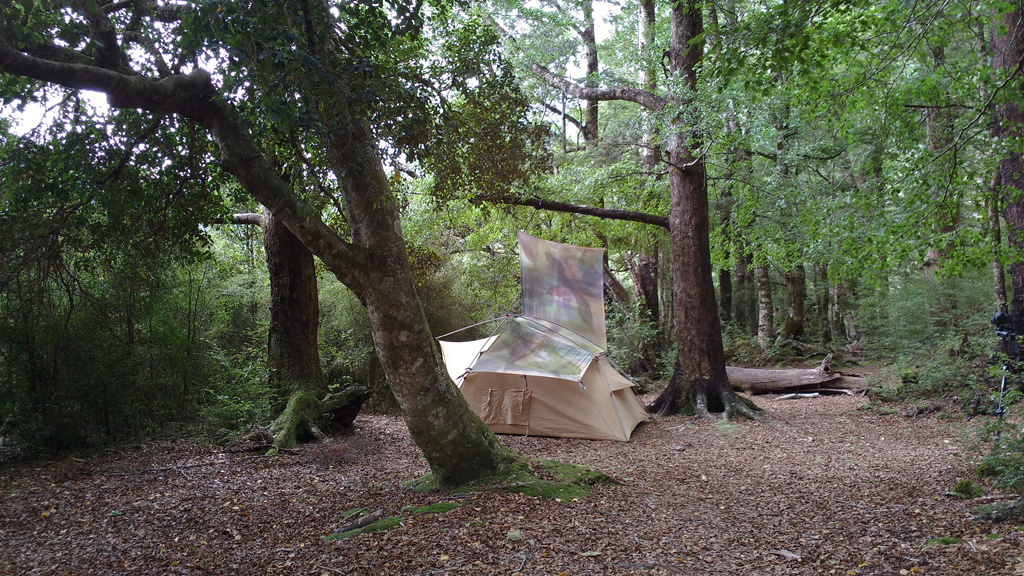







January 20-21, 2016
Blue River (Blowfly) Hut, South Westland, NZ

January 14-15, 2016
Hans Bay at Lake Kaniere, West Coast, NZ

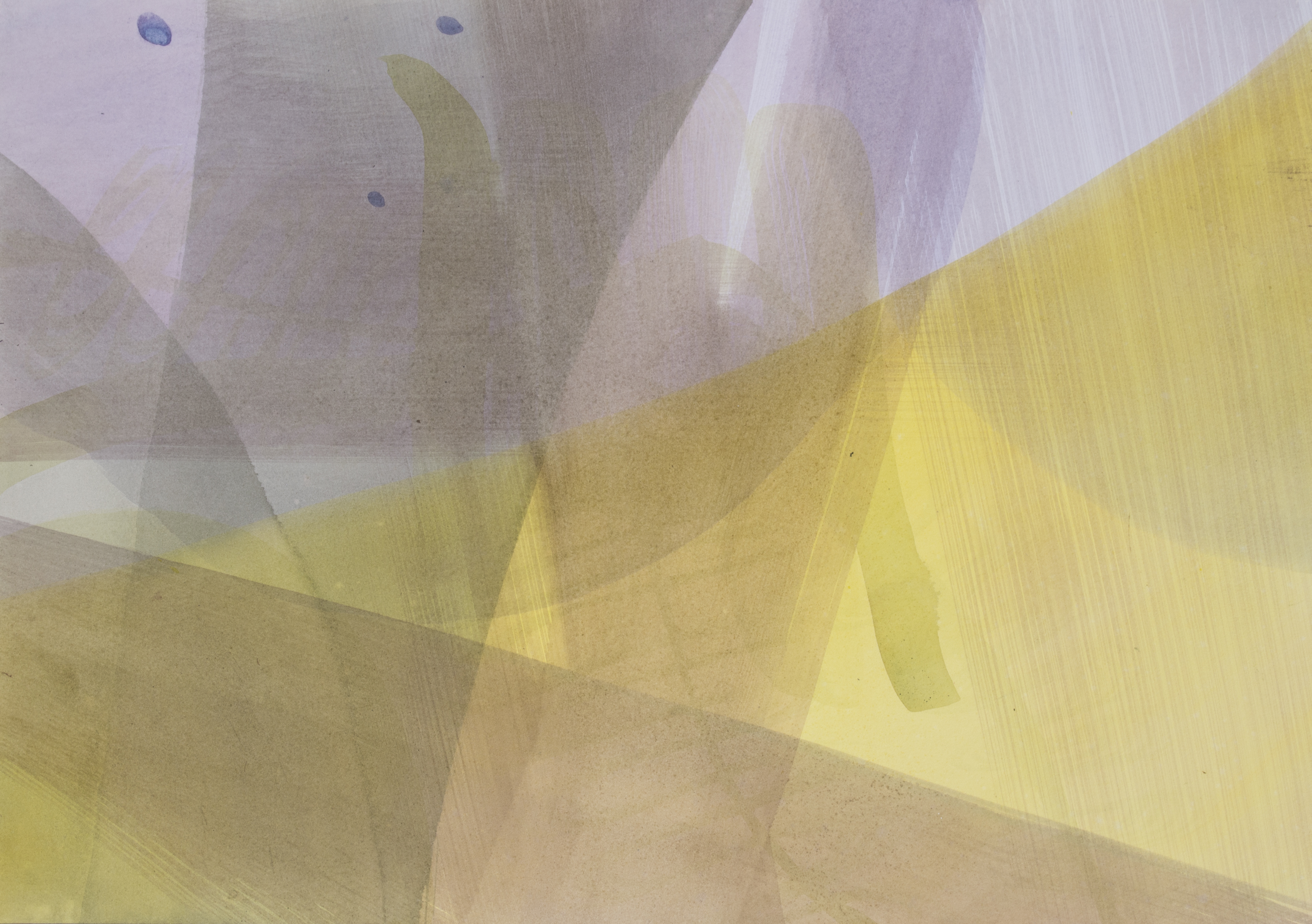

July 2015
Lake Superior Forest Park Campsite, Luce County, in Michigan’s Upper Peninsula

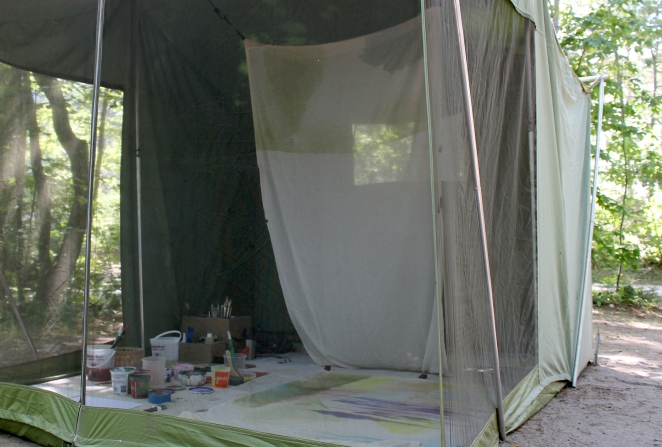
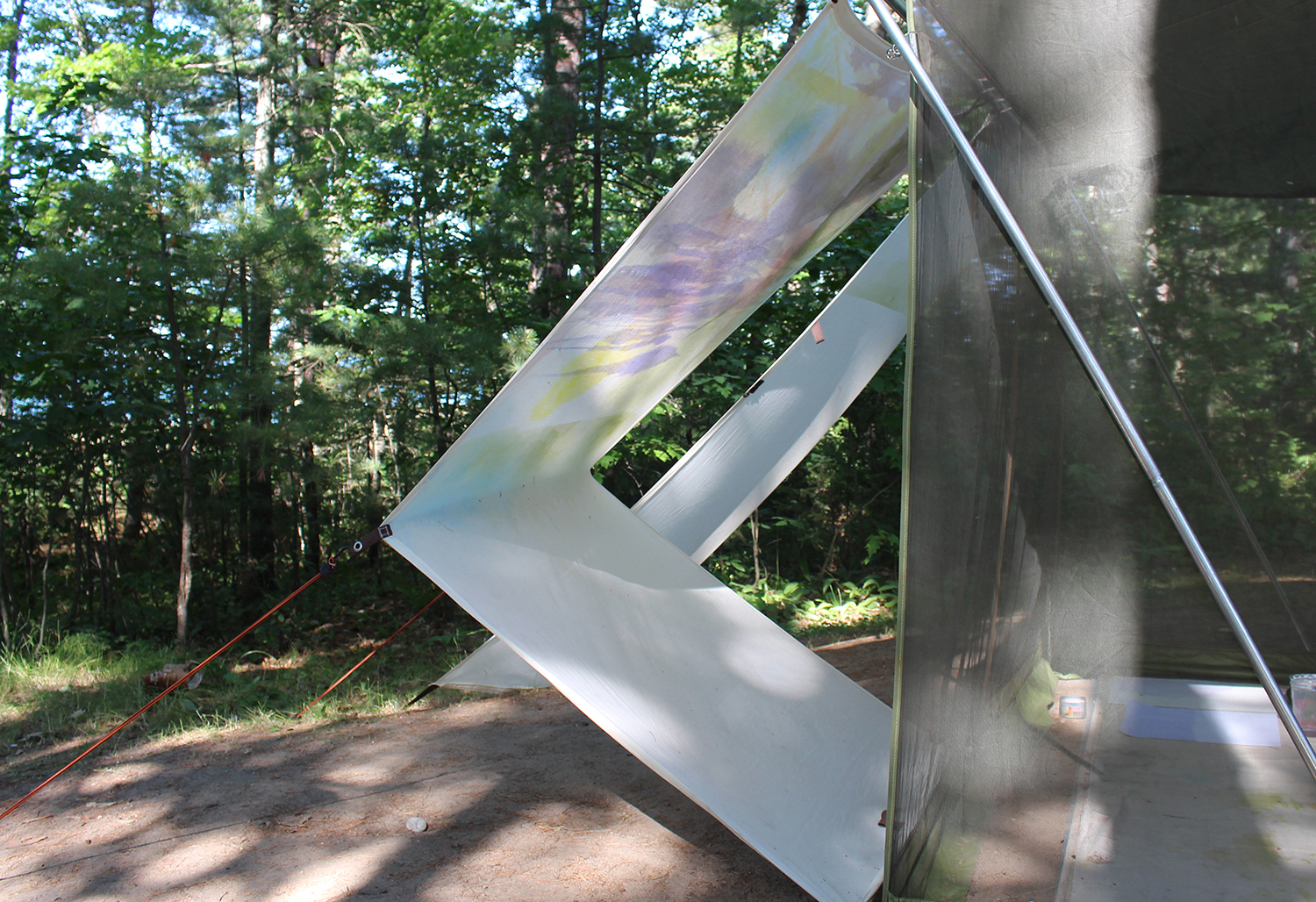





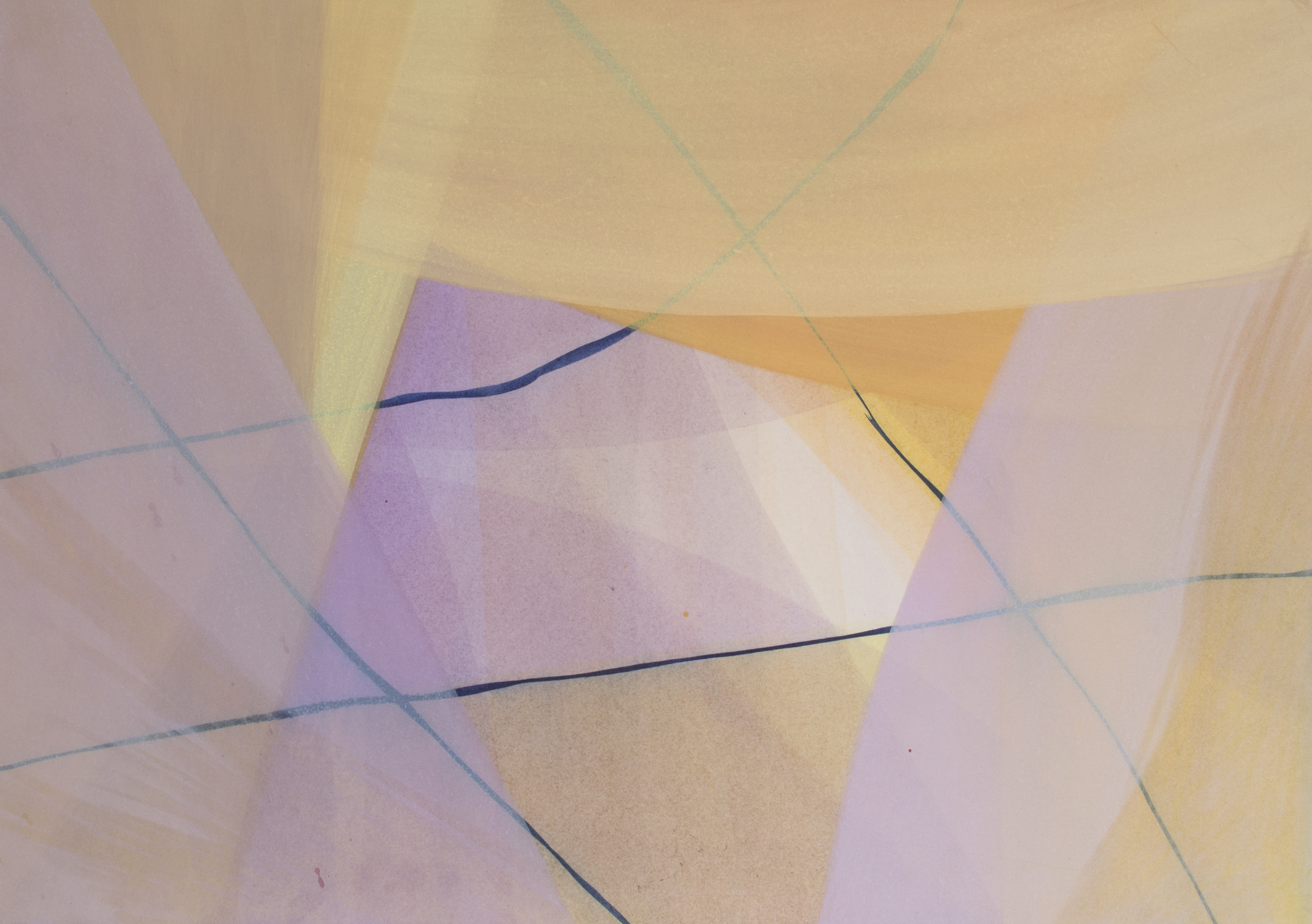



More images from the U.P. trip here



